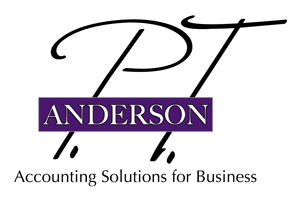 Many people in their retirement years have regrets about not saving more during their earning years, but you don’t have to be one of them. All you need to do is be realistic and proactive about saving. It’s all about paying your future self. Read more
Many people in their retirement years have regrets about not saving more during their earning years, but you don’t have to be one of them. All you need to do is be realistic and proactive about saving. It’s all about paying your future self. Read more
Circumstances can arise that can erode savings you hoped would be there for retirement. Some of those events include not being able to work due to poor health or a bad job market, unanticipated hospital bills, a divorce, overestimating Social Security benefits, bad investments, procrastination, and simply not realizing how much you need to live on.
The good news is you can prevent future regrets by making a strong savings plan now. As a small business owner, you may not have a retirement plan, so it’s essential that you create one for yourself. You earn an income today. Put some of that income toward paying your future self, and pay that “bill” first each month or each paycheck.
To be proactive and build as much savings as possible, take these steps:
- Increase your financial skills by learning how to fund your retirement, including all that traveling you’d like to do.
- Take care to manage your investment risk and be realistic about investment returns. In good markets, purchase rather than rent or lease so you are building an asset.
- Put as much aside as you can, and try living just below your means.
- If you do have periods where you are out of work, try living frugally until your income is back to normal.
- Optimize your business profits and apply some of them to your savings plan.
- Minimize taxes where possible so you can keep more of what you make.
- Make everything work twice as hard for you:
- Get credit cards with loyalty programs.
- Sign up for frequent customer programs to earn points.
- Make sure your bank is giving you the best deal on interest.
- Sell unused belongings on eBay and put the money in savings.
- Cancel used subscriptions and memberships for both your personal and business needs and move the saved money to savings.
- Periodically reach out to vendors to get a better deal on the expenses you incur. This could be for phone plans, utilities, and any other routine expense. Put the difference saved in savings.
- Select cars and trucks with good gas mileage and also high resale value. Consider that using Lyft or Uber may be cheaper than maintaining a car, depending on how much you drive. Put the difference in savings.
There are hundreds more ways to save more, and these will get you started in the right direction for 2019.




